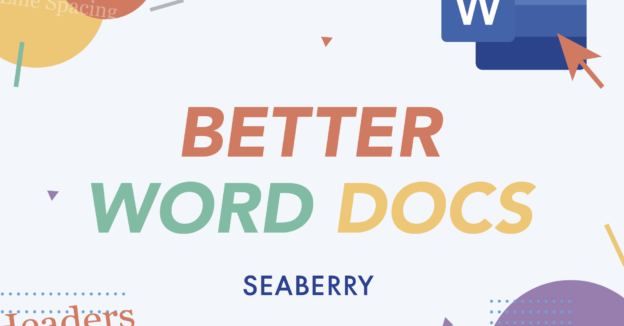
During a Pandemic — Message is Everything
-By Monica Seaberry
Having a clear message that connects your brand to the need at hand is everything. Your message increases brand loyalty and trust while helping your audience understand why they should bother to learn more about you, your idea, or the action you want them to take. Without specific messaging, the market can make up it’s own story, one that may not match your company's vision.
Unfortunately, the Coronavirus pandemic has placed a lot of and companies and organizations in unchartered territory when it comes to crafting a clear message. We're in a world where information is constantly changing, and there are numerous actors who can influence your narrative. The stakes are high and so is stress, and it can be hard to predict how an audience will react to certain information. Take for instance the messaging around mask wearing — where what was meant to be guidance to protect against the spread of the virus turned into a political war.
At Seaberry we’ve spent a lot of time this year working with our clients to clarify their campaign messaging in light of current events. We know the pandemic really is a unique situation that poses a lot of challenges for companies and organizations as they work to figure out what to say and how to communicate with their audience during these difficult times. With each client, our designers have had success following these guidelines for crafting a message during the pandemic.
1. Don’t shame or scare your audience.
When creating messaging to change minds, it’s important to research why your audience feels the way they do and try to imagine what it’s like to feel that way. That’s why you don’t want to use scare tactics. Scaring your audience into agreeing with you can backfire. Those who are scared may become angry towards anyone who does not share in their fear. You also don’t want to shame your audience in your messaging. One of the challenges is that you need to bring people to your side. Take messaging around getting the public to wear masks for example : If organization A tells their audience that they are bad people for not wearing masks, but organization B says they have a video they think their audience should see—that explains that mask wearing is not about him or her, it’s about the clerk at the pharmacy who doesn’t have a choice, and the person waiting next to them in line—your audience members might prefer to deal with organization B. You can see how showing understanding in messaging could help change minds.
2. Gain trust. Be able to prove your message
Identify some convincing reasons the target audience should believe what you tell them. This can be via actual statistics, data points from research, benefits the advice (or product) delivers, or customers’ testimonials. These reasons provide evidence and add credibility to the messages you want to communicate. For example for the Department of For-Hire Vehicles, to promote ride sharing safety, our designers strengthened our messaging by using scientific research findings on how to stay safe while ridesharing. Our videos showed the benefits of opening windows, riding in the back seat, and handwashing. We talked to drivers to get success stories about ways they felt comfortable. We included statistics in flyers letting riders know the probability of staying safe by following the recommended steps.
3. Change your message if necessary
Digital media makes it easier to change messaging on the fly than print advertising does. If you see that a campaign is followed more by one set of messages over another set, you can change to the more successful set mid campaign. Back to mask wearing for example, the CDC is now changing it’s message from “wear a mask to protect others” to “wear a mask to protect yourself.” Have the findings changed? Maybe not, but if you see that people are not inclined to wear a mask to protect others, let’s see if they will be more inclined to wear them if they are going to protect themselves. You would be aware of message success immediately if more people respond to your campaign after the messaging changes.
4. Have a call to action
Always make sure your messaging is accompanied by a call to action that lets people know what you want them to do. Where they should go, what they should check out, or what action they should take now that they have heard your message, and learned about your brand or product. For example, right now our designers are working on a campaign to get people vaccinated against the flu, which, during the COVID-19 pandemic, is an even more urgent call. Having COVID-19 and the flu in the same season is a recipe for disaster. The call to action in this campaign tugs at the heartstrings of the audience to motivate them to protect their family and loved ones. The campaign spells out the consequences of not getting vaccinated against the flu and the call to action is to vaccinate now! The audience is led to take action when they are provided information on where they can find a flu vaccine near them.
The key is that if we consider our audience and keep our messaging consistent, we can all get through this together.


